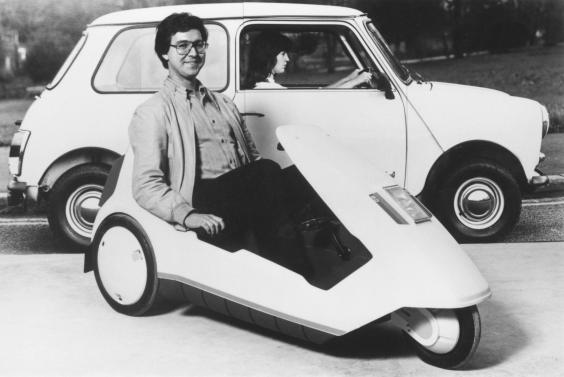Cambridge chemists make breakthrough with “ultimate” battery which can power a car from London to Edinburgh
source: http://www.independent.co.uk/

Scientists have made a breakthrough at Cambridge University by solving issues related to a battery that, in theory, could enable a car to drive from London to Edinburgh on a single charge.
A research paper published in the journal Science details how the team at Cambridge University overcome obstacles in the development of lithium-air batteries. The batteries, touted as the “ultimate battery” theoretically have the ability to store ten times more energy than lithium-ion batteries.
But until now, unwanted chemical reactions and problems with efficiency associated with lithium-air batteries have plagued efforts by scientists to develop them.
The researchers at Cambridge are claiming to have solved a number of the issues and if the team’s laboratory experiment can be turned into a commercial product it will enable a car, on a single charge, to drive from London to Edinburgh.

Professor Clare Grey, one of the paper’s senior authors, said: “What we’ve achieved is a significant advance for this technology and suggests whole new areas for research – we haven’t solved all the problems inherent to this chemistry, but our results do show routes forward towards a practical device.”
But the report’s authors do warn that a practical lithium-air battery still remains at least a decade away – there are several practical challenges that need the batteries become a viable alternative to gasoline.
Prof Grey added: “While there are still plenty of fundamental studies that remain to be done, to iron out some of the mechanistic details, the current results are extremely exciting – we are still very much at the development stage, but we’ve shown that there are solutions to some of the tough problems associated with this technology.”